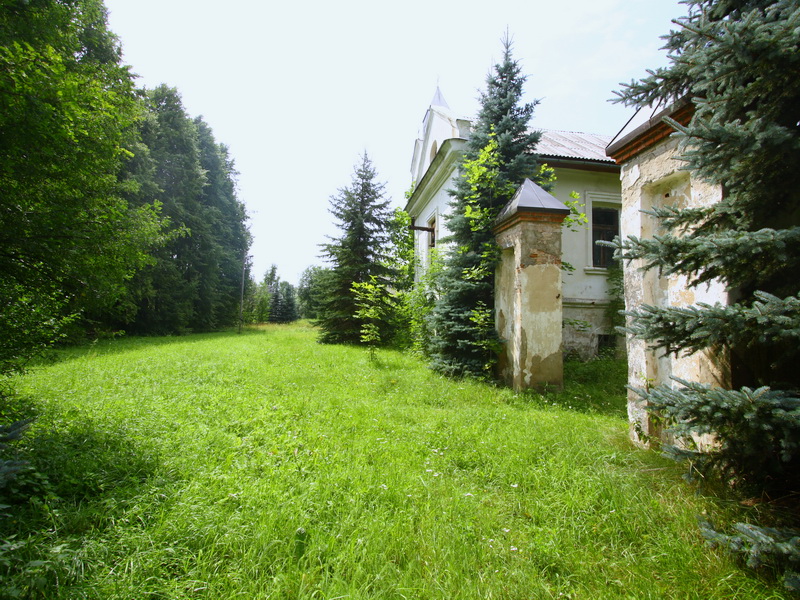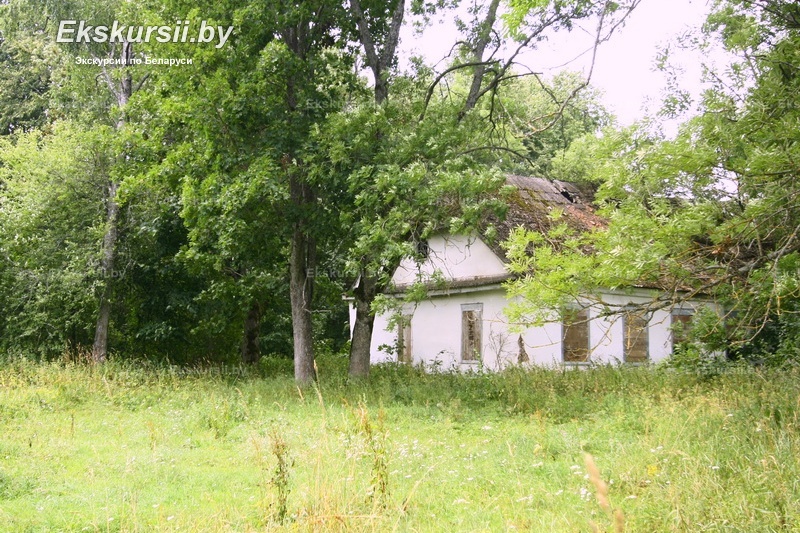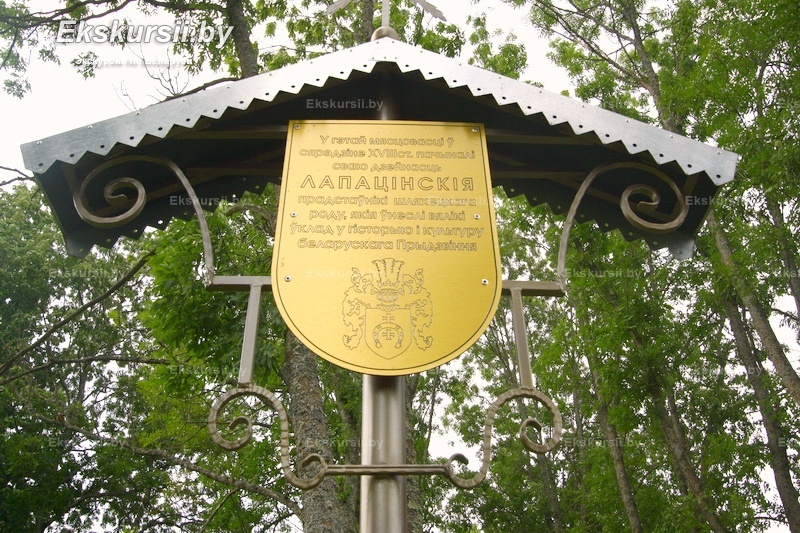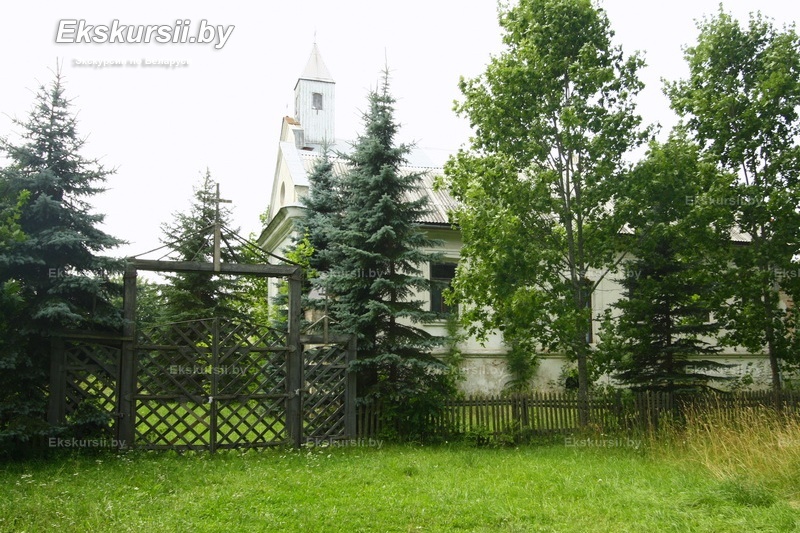History
The history of the estate begins in the 18th century, when the village was known as Churilovichi. In 1768–1769, a luxurious palace was built here by order of Nikolai-Tadeusz Lopatiński, the voivode of Brest, in honor of his father Leon — and thus the name Leonpol was born. An Italian architect was invited to design the residence, which included not only the palace but also a greenhouse with exotic plants and a terraced French-style park with canals.
Later, the estate became home to the Lopatiński family’s valuable library, archives, and art collection. However, the family’s involvement in the 1863 uprising led to the palace being ransacked and partially destroyed. In the early 20th century, Stanisław Lopatiński attempted to restore the residence for the wedding of his son Euzebiusz, but in 1919, a fire caused severe damage, after which the building was handed over to the local Catholic parish.
During the Soviet era, the palace was used as a dairy factory, and later housed a technical school and a special boarding school. Only at the end of the 20th century was the estate returned to the Catholic Church, and today it functions as a church.
Architecture
The Leonpol Estate was originally designed as a representative of late Baroque with elements of Classicism. The palace’s facades were adorned with sculptural decorations, while the interiors impressed with their opulence. Italian architect Geno gave the building the elegance of a European aristocratic residence. A particular highlight was the winter greenhouse where pineapples, pomegranates, and figs were cultivated — a true luxury for the time.
The French-style park with terraces and a canal system completed the ensemble, evoking the atmosphere of noble seclusion in the Belarusian countryside. Today, some elements of the estate remain, and every corner breathes with the charm of history.
Excursions
You can get to know the Leonpol Estate more closely during a private guided tour that we are happy to organize upon request. The itinerary can be customized according to your interests and enriched with visits to other sites in the region — such as historic churches, natural landmarks, or museums of the Vitebsk region. A trip from Minsk to the Leonpol Estate is a perfect choice for travelers who seek immersive cultural experiences and atmospheric routes.



